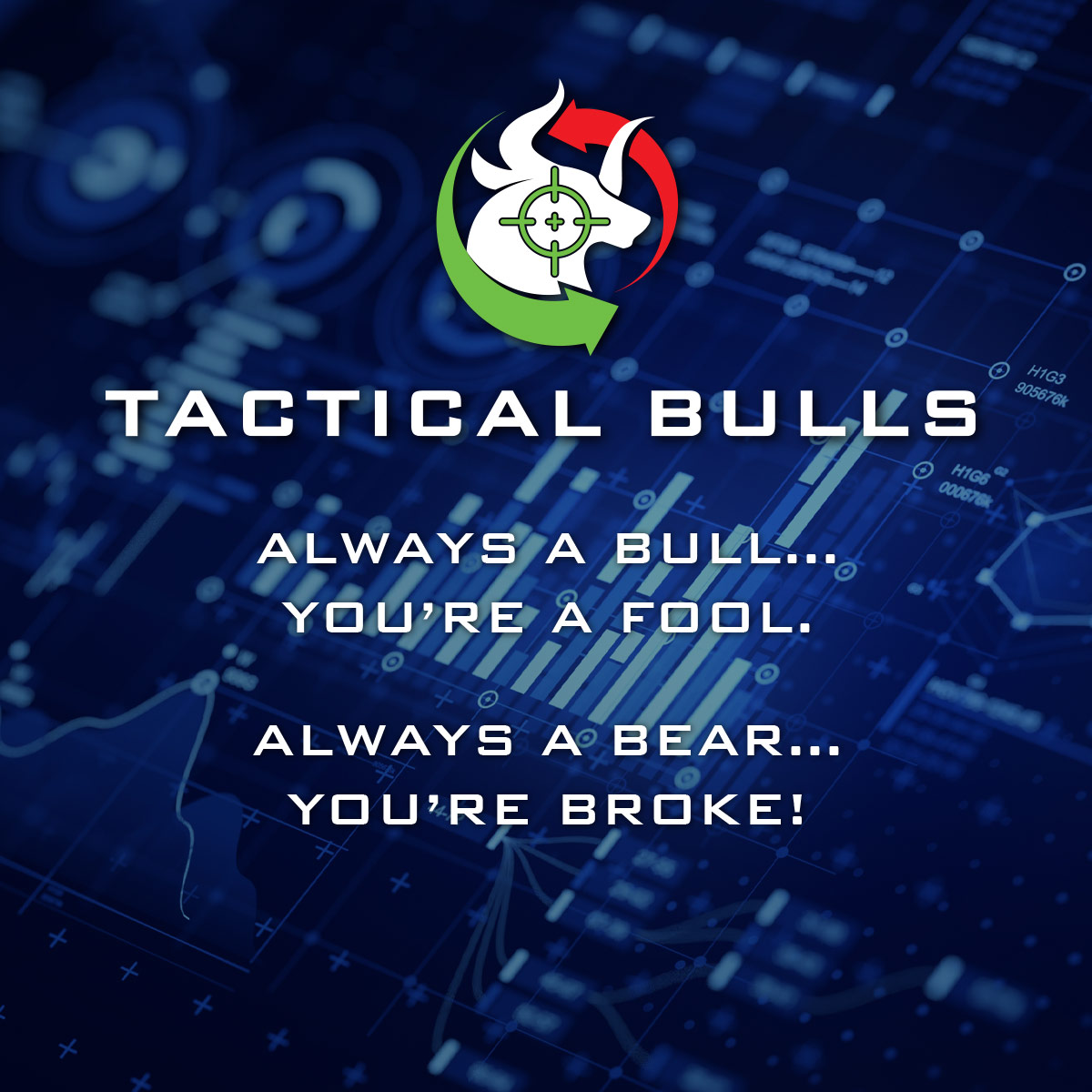
Tactical investors use incremental opportunities to boost their gains over time. This involves rotations into individual stocks, switching sectors or even switching asset classes entirely. In short, they are going to go where they think the money will flow into or where they believe the best gains are expected. One classical “tactical” strategy is chasing index rebalances.
Chasing index rebalances has not greatly changed in more than 20 years. This is where tactical investors, hedge funds and index investors alike all pile into stocks going into the major indexes like the S&P 500 or into the Russell indexes. Those same investors also sell out of stocks which are being booted out of the major indexes entirely.
Index investing may seem mechanical and a bit dull. The issue to consider is that tactical investors know this mechanical effort can create hundreds of millions or even billions of dollars of inflows into a single stock when that is added to a major index like the S&P 500 Index.
Index rebalances are quite important events due to ETF and mutual fund benchmarking that happens around the major indexes. If a company is not in any of the widely followed S&P indexes then the shares are often skipped by ETFs and funds that just try to replicated index performance. According to the ETFDB.com site, these are the top 3 S&P 500 ETFs by assets under management:
- SPDR S&P 500 ETF Trust (SPY) has over $612 billion in assets
- Vanguard S&P 500 ETF (VOO) has over $604 billion in assets
- iShares Core S&P 500 ETF (IVV) has over $576 billion in assets
That’s almost $1.8 trillion alone from just three ETFs, and it doesn’t include mutual funds like Vanguard 500 Index Fund Admiral Shares (VFIAX) with $577 billion in assets that are in 401/K plans and all of the sub-theme ETFs and funds that have various strategies within the indexes (dividends, value, growth, and individual sectors) like Invesco S&P 500 Equal Weight ETF (RSP) with $75 billion in assets and the SPDR Portfolio S&P 500 Value ETF (SPYV) and SPDR Portfolio S&P 500 Growth ETF (SPYG) with another $100 billion in assets combined. Again, it’s big money.
There may be massive money around chasing index rebalancing acts, but it doesn’t always equate to guaranteed profits. That is true even for the most sophisticated investors with $100 million or even over $1 billion in assets. The WSJ reported on March 7 that a hedge fund called Millennium Management took a loss of 1.3% (listed as a whopping $900 million or so in losses) in February tied to index-rebalancing trades. The teams behind these losses were reported to be among the hedge funds top performing groups in the past and that index-rebalancing had shown billions of gains for its investors over the years.
Below are some fresh examples of stocks moving based on index inclusion. Just remember, when there are major market drawdowns (sell-offs) it also means that the companies which are in the indexes are also dragged down because of all the selling. The stocks may not have fallen as much in sell-offs as the index-trackers are
When the S&P report for new additions and deletions came out in the quarterly rebalance, DoorDash, Inc. (NASDAQ: DASH) was the biggest winner as it rose 6.1% to $189.00 in the after-hours. The trading volume was over 400,000 shares.
Freshpet, Inc. (NASDAQ: FRPT) was a fresh addition to the S&P Small Cap 600 Index without having been in the major S&P indexes yet, and it rose 5.1% to $101.80 in the after-hours session.
Kratos Defense & Security Solutions (NASDAQ: KTOS) was also a fresh addition to the S&P Small Cap 600 Index without having been in the major S&P indexes yet, and it rose 3.05% to $28.12 in the after-hours session.
When S&P signaled that Ambac Financial Group, Inc. (NYSE: AMBC) was being booted out of the S&P Small Cap 600 Index it fell 3.8% to $9.04 in the after-hours.
When S&P showed that The Hain Celestial Group, Inc. (NASDAQ: HAIN) was coming out of the S&P Small Cap 600 Index it fell 1.1% to $4.50 in the after-hours trading.
If you look above, being added to and being deleted from major indexes is a serious business. And if you think that the S&P rebalances are big, the annual Russell Indexes rebalance can be massive for stocks being added as well. This is where investors and traders look to see which stocks are added to (or dropped) from the Russell 1000 and Russell 2000 indexes. The most recent data from LSEG (FTSE Russell’s parent) shows that there is a whopping $10.6 trillion in assets benchmarked to the Russell US indexes.
Investors have gamed index inclusion for years, in many cases trying to front-run these changes. The addition of Palantir Technologies (NYSE: PLTR) was a highly watched addition to the S&P 500 in September 2024 – with investors speculatively gaming it before and after the news of its addition.
The most sophisticated institutional investors of them all try to game the additions and deletions before, during and after based on two or three decades worth of investment models (and AI) to try to predict how each company’s stock may react to the news. Just don’t forget the examples above that even the big institutions have no guaranteed profits — and tactical investors might even lose serious money on this index rebalancing strategy.
Categories: Investing